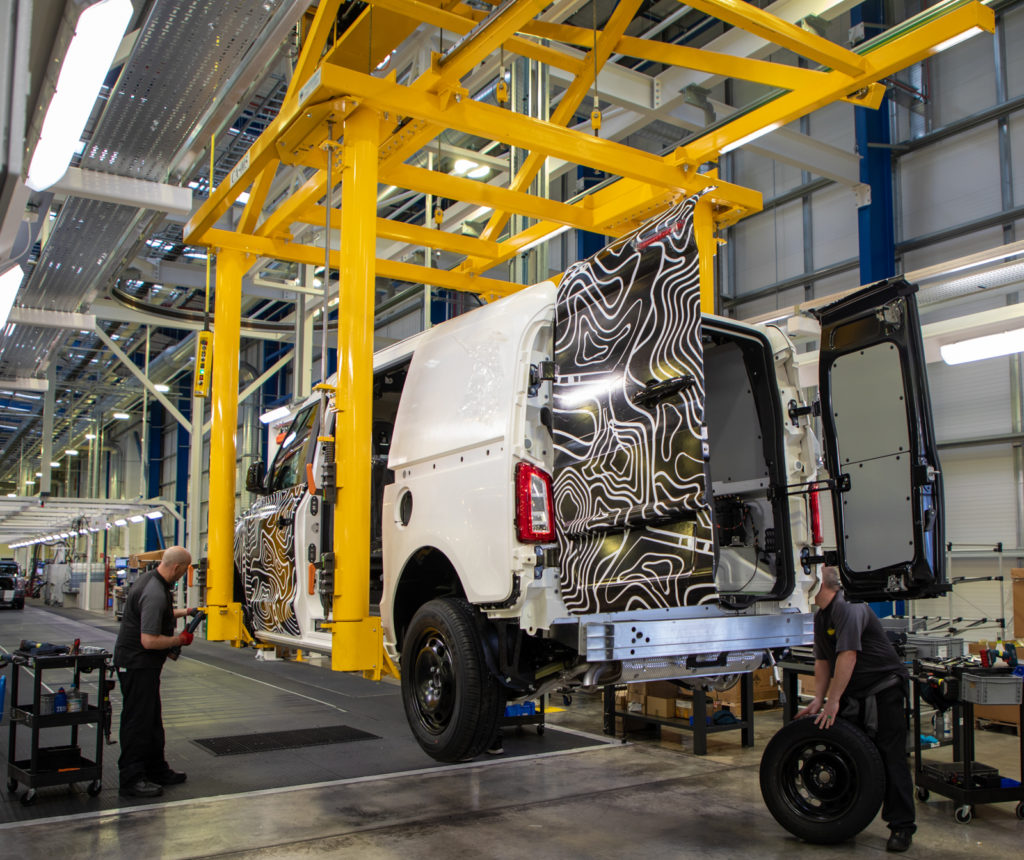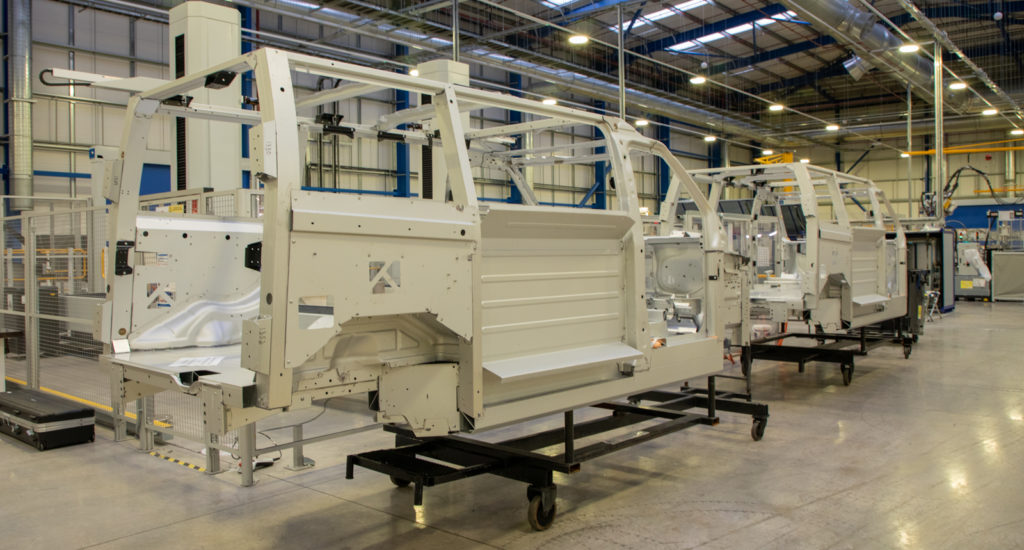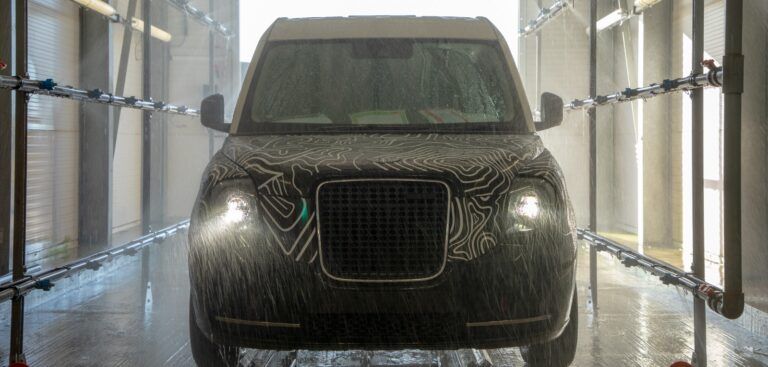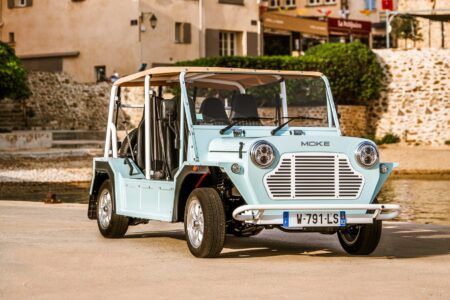The London Electric Vehicle Company (LEVC), which manufactures the world’s only purpose-built, range extended electric taxi, has revealed its progress in bringing an electric van to its line-up with prototypes beginning to be built.
At LEVC’s factory in Ansty, Coventry, the first prototypes of the electric van are being assembled, which will be used for vital testing ahead of its launch towards the end of 2020 or early 2021. The prototypes will be deployed as test vehicles and undergo a strict development and homologation program including hot and cold climate testing, durability and crash testing.

“Prototype stage is an important milestone in our new electric van’s development process as we stay on track towards full production in Q4. This new van satisfies the growing demand zero-emissions vehicles in the 1-ton segment, currently dominated by diesel products, and combines this with extended mileage capability to totally eliminate any range-anxiety. It’s an intelligent green mobility solution for any commercial vehicle operator,” said Joerg Hofmann, CEO of LEVC.
The electric van is constructed using the same lightweight aluminum architecture as its TX electric taxi – 30% lighter than a conventional steel body, resistant to any form of rust and pound for pound can absorb twice the crash energy of mild steel.

Using the same range extender technology, it offers 80 miles (130km) of emissions-free driving and an extended electrically driven total range of over 370 miles (600km). Owing to its flexible range, it offers a ‘distribution to door’ – not just last mile – service, providing the critical link between out of town depots and city centers.
Due to the advanced manufacturing flexibility of the LEVC factory, it has been possible to build these verification prototypes on the same line, fully integrated with current TX production.

Thanks to the investment of more than US$646m (£500m) from Geely, more than 3,800 electric taxis have been produced since 2018, already preventing 30,000 tones of CO2 from entering the atmosphere and, as a result, saving 17.5 million liters of fuel.





